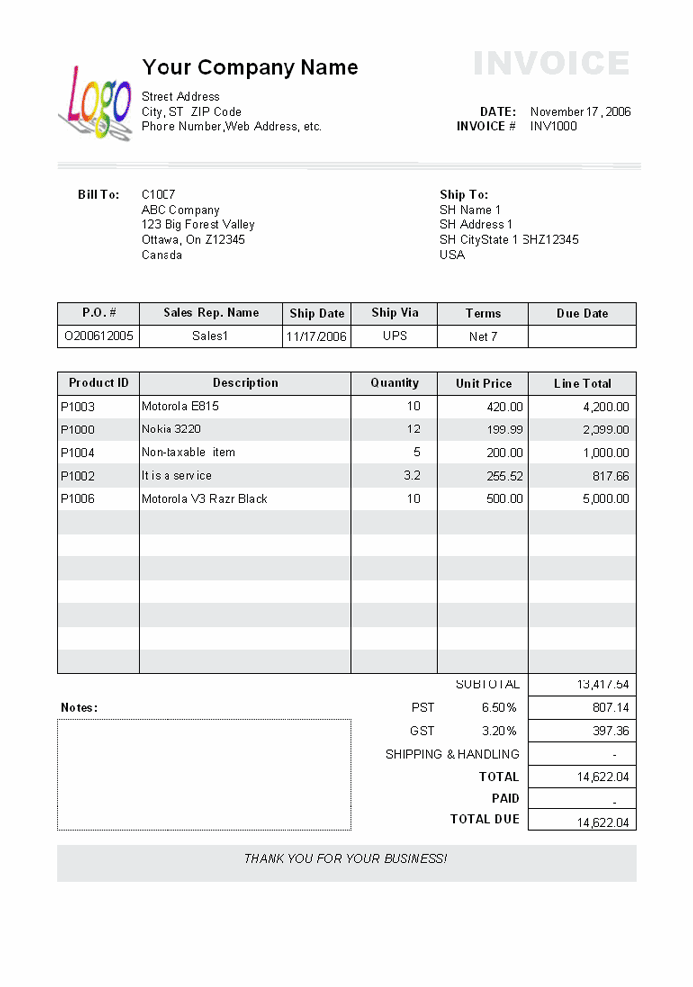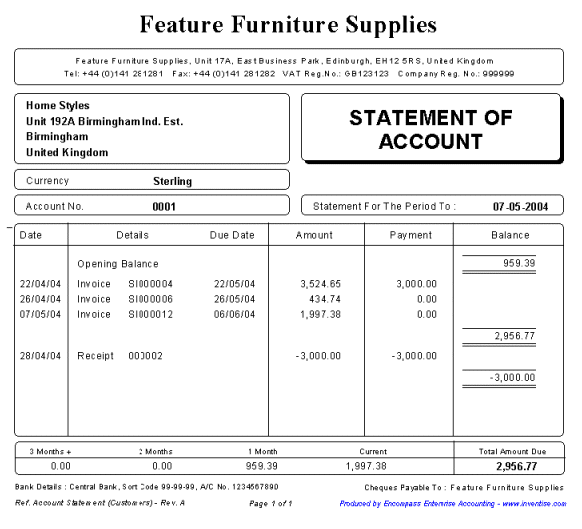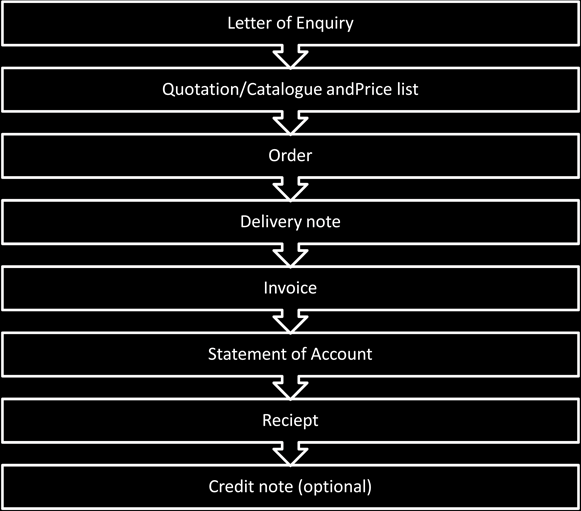Terms and Documents in Home Trade
Terms of Payment
Trade Discount
A deduction in price of goods if purchased in bulk.
Cash Discount
A deduction in amount of invoice offered by a seller to buyer in case if a buyer pays within specific time period. This is given for early recovery of money.
Net Cash
Amount payable after deducting all discounts.
Prompt Cash
Payment of goods within few days of purchase.
Cash with Order (C.W.O.)
Payment made together with order.
Cash on Delivery (C.O.D.)
Payment made upon delivery of goods.
Note: Deduct trade discount from the original price first and then deduct the cash discount from the remaining balance.
Terms of Delivery
Carriage Paid (Carr. Pd.)
Transportation charges are paid by the seller and are included in the rate.
Carriage Forward (Carr. Fwd.)
Transportation charges are to be paid by the buyer.
Free on Rail (F.O.R.)
Seller has paid all the charges upto loading on cargo onto rail. Freight has to be paid by the seller.
Free on Board (F.O.B.)
Seller has paid all the charges upto loading of cargo onto ship. Freight has to be paid by the buyer.
Cost , Insurance, Freight (C.IF.)
Price includes cost of goods, insurance and freight.
Documents in Home Trade
Why Documents are needed?
- For better internal control of the business.
- To record business transactions.
- For future references.
- Legal Requirements.
- To minimize misunderstandings between buyer and seller.
Common Features in Documents
- Made on official paper (which include Brand name, Brand mark and contact details (e.t.c.).
- Date of issuance is written.
- Reference number.
- Reference number of the document in response of which document is issued.
- Contact details.
- Title of document.
- All documents must be signed by a competent authority from the issuer side.
Letter of Enquiry
Issued by: BuyerIssued to: Seller
Purpose: To enquire about price, specifications, availability and terms of payment of goods.
Quotation
Issued by: SellerIssued to: Buyer
Purpose: Issued in response of Letter of Enquiry.
Contains:
a) The prices of goods.
b) Terms of supply and discounts.
c) Costs of carriage of the goods.
d) Amount of time needed for delivery.
Catalogue
Issued by: SellerIssued to: Buyer
Purpose: Substitution to the quotation. Nicely printed containing the specifications, pictures of goods, contact and terms and conditions.
Price list
Issued by: SellerIssued to: Buyer
Purpose: Send with the catalogue, it contains the prices of goods mentioned on the catalogue.
Order
Issued by: Buyer
Issued to: Seller
Purpose: Issued to place an order for goods.
Contains:
a) Name and addresses of the two parties.
b) Description of each items.
c) Delivery date required.
d) The address to which the consignment is to be sent.
Delivery note
Issued by: SellerIssued to: Buyer
Purpose: Sent to inform buyer of delivery of goods, stating the quantity, types of goods and
order number and registration number of the truck. It is usually sent with the goods so that buyer can check the goods delivered. Delivery note is prepared in triplicate one retained by seller after getting truck driver signed, second retained by truck driver after getting signed by buyer upon delivery, third copy is retained by the buyer.
Invoice
Issued by: Seller
Issued to: Buyer
Purpose: To claim the amount of goods supplied, stating also the type, quantity, price and terms of payment.

Statement of Account
Issued by: Seller
Issued to: Buyer
Purpose: To inform buyer of out standing recoverable balance from him at the end of every month.
It informs the transactions between the buyer and seller
To sort out any discrepancy in the record of buyer or seller.

Receipt
Issued by: Seller
Issued to: Buyer
Purpose: To acknowledge payment received from the buyer.
Differences between Invoice and Statement of Account
| Invoice | Statement of Account | |
| 1. | Financial claim against one single supply of goods and services. | Summary of transactions. |
| 2. | Carries certain date. | Related to certain time period. |
| 3. | No information about payments received or made. | Do contain such information. |
| 4. | Does not tell the outstanding balance. | Do tell. |
| 5. | Carries information about purchases, delivery note and terms of sale. | No such information. |
Credit Note
Issued by: Seller
Issued to: Buyer
Purpose: To acknowledge receipt of faulty items returned by the buyer.
To reduce amount receivable from the buyer.
Sequence of Documents in Home Trade
